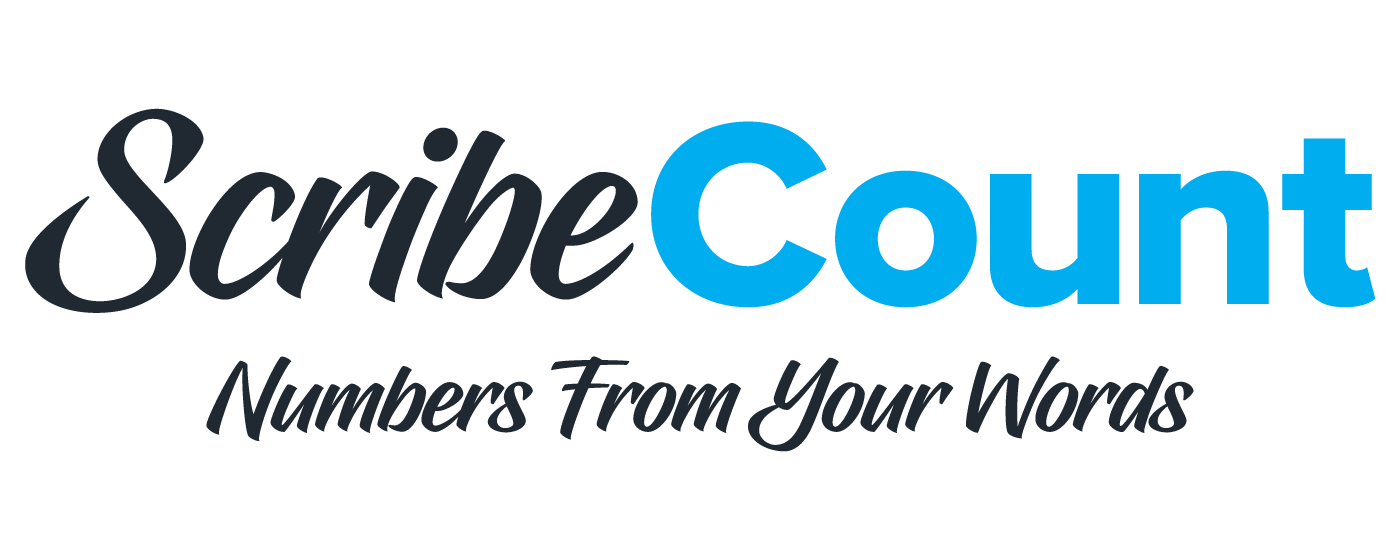Ever since we added the KU Dashboard to ScribeCount we’ve been getting asked for additional features. So far that’s resulted in the KU Enrollment Tracker, the Price Tracker, and the Ranks by Series feature. All of which are now up and running on the KU Dashboard.
Another one of those requests was a way to calculate the best price for a book in relation to the number of page-reads needed to equal the profit on a sale of that book. This is commonly known as Full-Read to Full-Sale Ratio, which we shorten to FR/FS. We have now added this feature, so let me tell you a bit about it.
You’ll find the FR/FS Calculator on your Bookshelf page between the Ghost Books button and the Settings button.


So what is it and how do I use it?
FR/FS is something KU authors use to measure their sales and ad performance. It's somewhat of an inferred metric as there is simply not enough data provided from Amazon to give a true ratio, but we see why the KU authors use it as there is not much else that Amazon gives them. What we look for is how many page-reads it takes to equal a full sale.
We need four things to calculate that:
The number of pages in the book.
The price of the book.
The current KENP rate.
The royalty rate.
Once you have that you can divide the number of page-reads by the number of pages in the book, determine the profit margin of each, and then see how many Full Reads it takes to equal the profit of a Sale.
Here is a sample where I use one of my own books.


As you can see at the bottom in bold it takes 1.99 full reads to equal a full sale. In other words, I would need two KU readers to read my book to equal the profit I would get if one person had bought it.
According to the KU gurus I consulted, this is a healthy ratio. A two-to-one ratio provides the best profit generation from both the KU users and the readers who prefer to buy. Granted, YMMV, and every author should do some experimentation to discover what works best for them and their library. This tool was created to assist them in doing so.
A few details.
The number of pages in an ebook is different from the paperback number Amazon provides on the product page. ScribeCount uses that paperback number as a default setting as Amazon doesn't tell us the number of KU pages they use for our books, we have to guess using a downloaded version and standard font size setting, so we made our bookshelf/tool with the option for the author to adjust that assigned page number to what they know to be more accurate. ScribeCount then does all the math for them. If you hover on the KENP Count on your book detail page you'll get a button that lets you adjust that number and set it to what you know to be more accurate.

Note that the Current Full-Read-Full Sale Ratioappears there in the data block.
While I’m here let me address another issue some were having. Note the new Edit Cover button under the coverart shown here. Some authors were reporting that their covers were older versions and/or not loading properly when they updated them. This issue proved beyond our reach, we can’t force the platforms to load the correct cover, so we added the option here for you to change that cover to whatever you wish from your own computer.
Also, you’ll see the Color option. This is so you can assign a color to your book for representation in a future chart upgrade. You’ll also have the opportunity to assign colors to your series so when you are viewing your charts the entire series will be represented by shades of that color you assigned. This will make it much easier to see trends related to that series.
Several more KU-oriented features are in the works. We’re basically looking for and adding anything we can think of. So if you have a request for a feature please drop us a note in the support tab. If it’s feasible we’ll add it to the to-do list.
What else? Did I mention Ad Tracking? That's coming next month. As my kid would say, it's gonna be epic!



